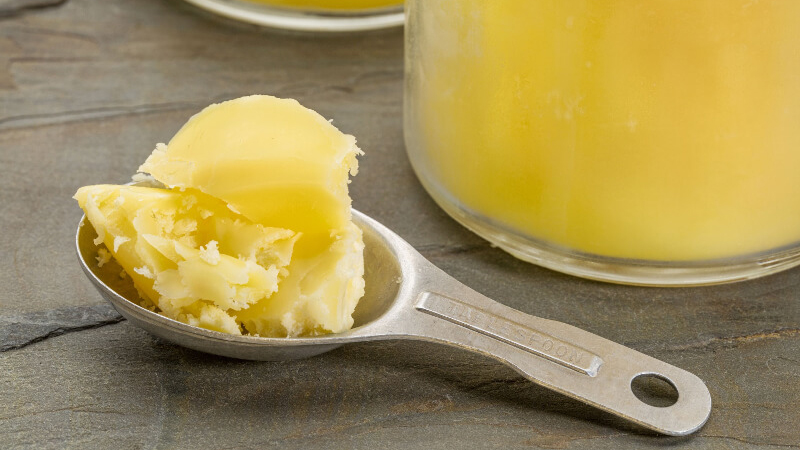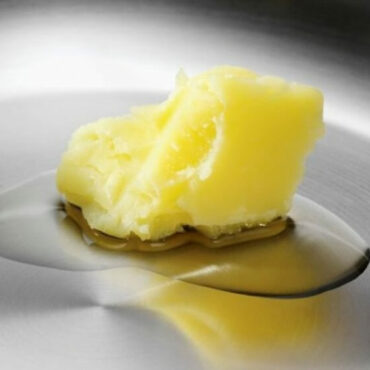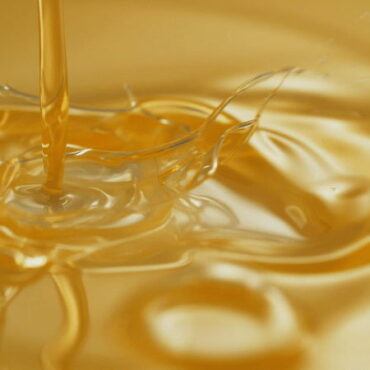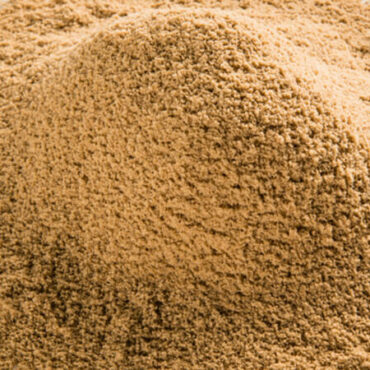Historically, chicken byproducts were limited in their application to niche markets. However, the question of how to use chicken fat opens doors to high value/low volume markets of multiple applications.
If you’re interested to know some of the most common uses of this product, read on. In addition, we’ll also explain how to keep and use rendered chicken fat so that it is delivered safely to the end customer.
What Types of Industries Use Chicken Fat?
People have been looking into the topic of how to use chicken fat and finding new ways for a long time. And by looking for economically competitive ways to use this product, many industries manage to minimise waste.
Schmaltz
Schmaltz is rendered chicken fat for food consumption that has been used as an ingredient in a wide array of dishes for centuries. Schmaltz is made by saving bits of fat and also parts from skin removed from raw chicken. This process can be done at home kitchens as well as on an industrial scale.
Schmaltz has a huge cultural impact and became emblematic of the Jewish communities of north, west, and central Europe. Currently, Schmaltz is the most traditional oil for chopped liver.
Animal Feed
The animal feed production industry has also researched the topic of how to use rendered chicken fat.
In the livestock industry, feed contributes to a large part of expenses (by some estimates, 50-75%). Therefore, it’s vital to use worthwhile feed production sources, animal fat being one of them.
Chicken fat is an indispensable source of nutrition in animal feed. It contains Omega-6 fatty acids and fat-soluble vitamins required in animal diets. At the same time, this type of fat is easily absorbed and digested.
Biodiesel
The production of biofuels is usually based on vegetable oils – soybeans, rapeseed and other crops. But chicken fat has become a source of a new unique biodiesel blend.
Interestingly, chicken fat is more cost-effective than soybean oil. Therefore, fat is beneficial as a biofuel feedstock in the industrial and trucking industries.
How Is Technical Chicken Fat Transported?
Now that we’ve covered how to use rendered chicken fat, there are a couple of other important points – storage and transportation.
In order for chicken fat to retain its microbiological quality and avoid potentially hazardous contamination, specialists handling shipments follow certain principles:
- It is crucial to recognise the potential sources of contamination. They can be different at each stage – microorganisms, dust, the residue of other products, foreign bodies, insects, particles of packaging.
- Storage options should be suitable for product properties.
- It’s not recommended to store the goods beyond their shelf life – more than 6 months.
- All movements must be traceable, and all important parameters must be monitored.
Large shipments are transported either by water or land, depending on the location of delivery. Another factor is when the delivery is due.
Road freight uses lorries to take goods from country to country or domestically. Land logistics are arguably the favourite methods of transportation in most supply chain management and offer highly cost-effective pricing.
Sea freight involves the transportation of goods across the ocean, most often using shipping chemical tankers that are loaded onto ships. Since chicken fat doesn’t require specific facilities, it can be successfully carried along with other bulk goods. All of these ships can carry huge volumes of cargo all around the world.
Hopefully, our guide on how to keep and use rendered chicken fat has shown you more about this product. Finally, the current demand for large volumes of raw material, the viability of the rendering industry and chicken fat products is going to be on the rise in the near future.




